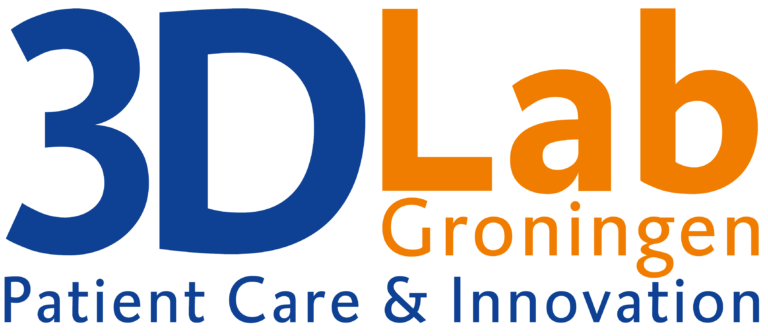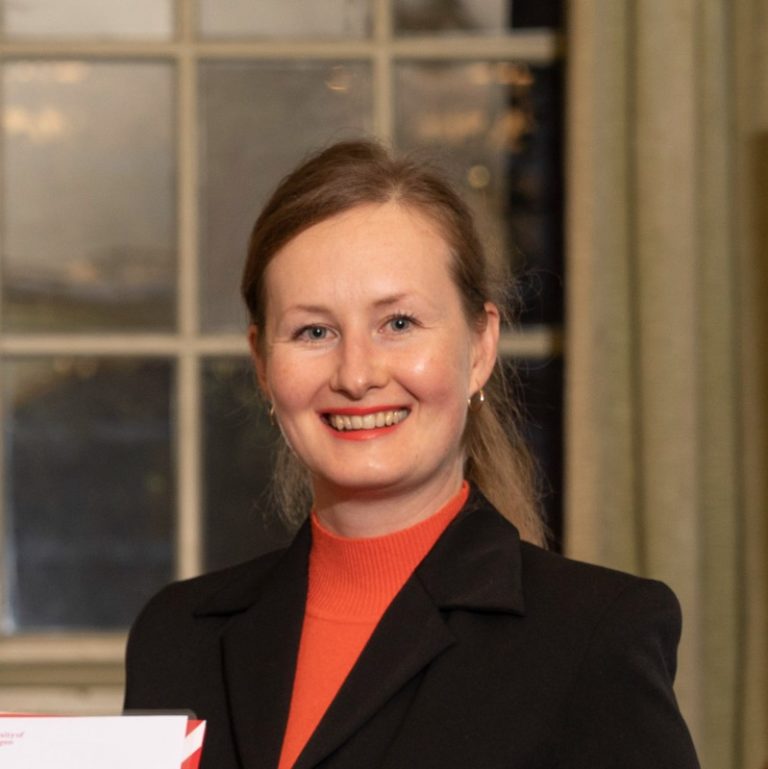We will develop a computationally efficient framework that can be used in clinical practice to generate patient-specific implants by introducing fine-tuned porosity in clinically approved materials that results in “architected” implants. We will use modern computational methods and patient-specific data to generate such “architected” devices with target mechanical behavior that can optimally match patients’ morphology and minimize the risk of failure and reoperations.
As changes in the chemical structure of clinical materials require years of research and clinical trials, it was proposed to control mechanical behavior by modifying the geometric structure of a material (architecture) and preserving its chemical composition. This implies the introduction of complex-shaped pores of milli- or/and micrometer sizes at pre-defined locations that alter mechanical characteristics of the device. This approach is applicable to any material and delivers an architected medium with target mechanical properties. For instance, purposely designed architected porous metals preserve high strength which is not the case for randomly porous (“spongy”) metals.
The expected results for this project include:
The project is a collaboration between the RUG ENTEG, UMCG 3D Lab, Trauma Surgery Department / Orthopedics and company WITEC. To know about the partners, please visit the page Partners.
Smart Implants | Meta Mechanics
If you have any question about the project or you would like to connect, please contact us via implants@umcg.nl.
The Just Transition Fund provides essential support, advancing the green and sustainable development of the Drenthe, Groningen, and Fryslân Provinces, the Municipality of Emmen, and the Northern Labour Market regions. The fund is co-financed by the European Union and the Dutch Ministry of Economic Affairs and Climate Policy and is made available by the regional funding agency Samenwerkingsverband Noord-Nederland (SNN), with support from the Province and Municipality of Groningen.




